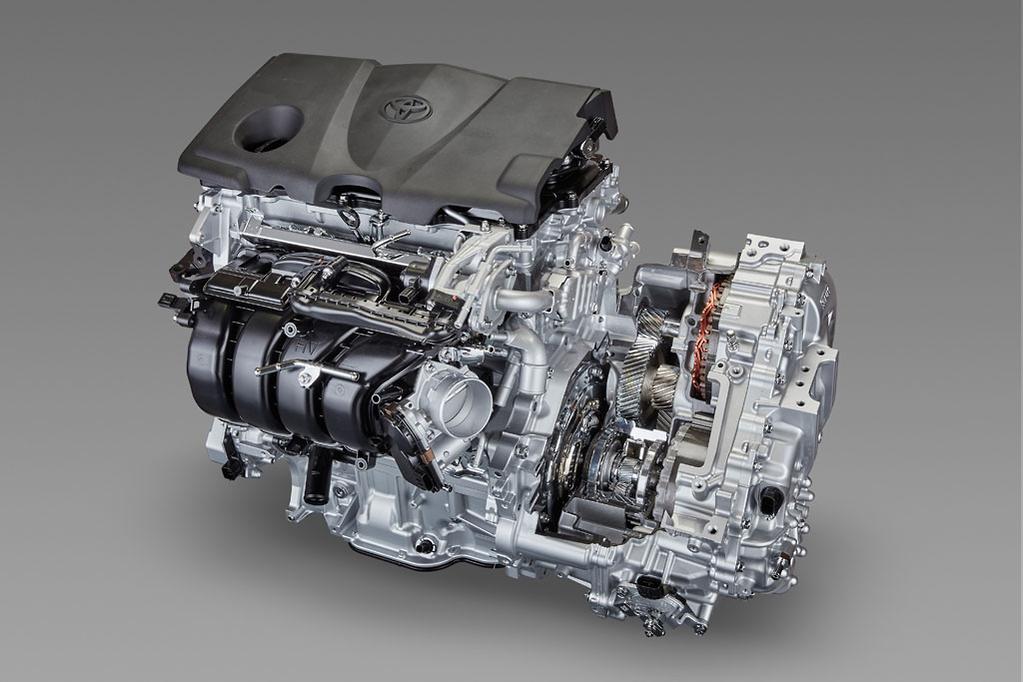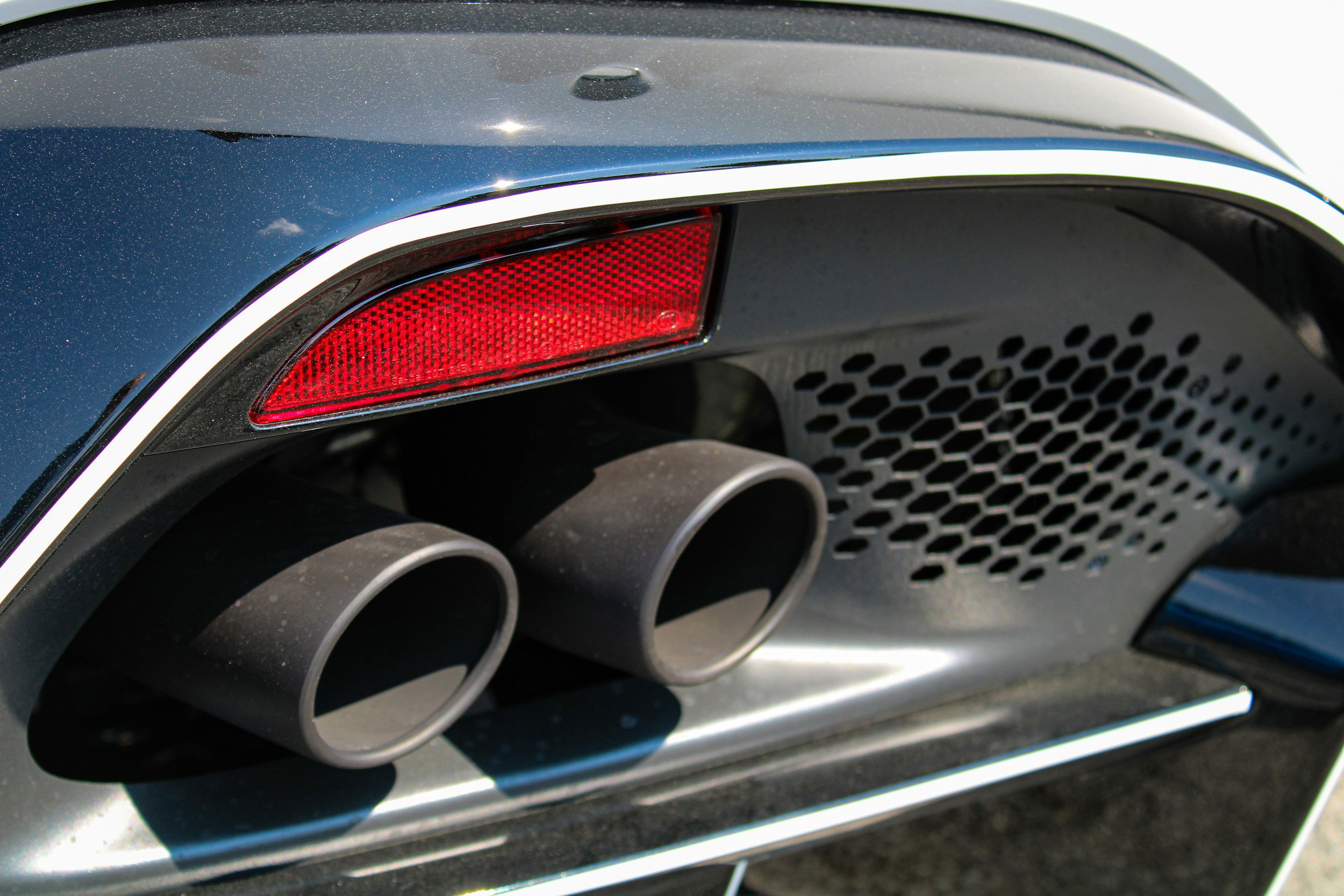The ICE Paradox: An Outdated Technology That’s Still More Advanced Than EVs
Electric vehicles (EVs) often dominate headlines, praised for their simplicity—fewer moving parts, instant torque, and zero tailpipe emissions. But this narrative ignores the dogged, fundamental truth that the internal combustion engine (ICE) remains one of the most sophisticated mechanical systems ever engineered.
While EVs excel in efficiency and environmental metrics, ICE technology has achieved a level of precision, adaptability, and thermal mastery that battery-powered drivetrains still can’t match.
Don't dismiss this as another nostalgic rant from a gearhead refusing to embrace the 'future'. It’s just physics.
1. Energy Density: The Unmatched Advantage Of Hydrocarbons

A modern gasoline engine extracts 45 megajoules per kilogram from its fuel. Even the best lithium-ion batteries store just 0.8 MJ/kg—a 56x deficit. This is why a Porsche 911 can carry 64 liters of fuel (2,880 MJ) and drive 450 miles, while a Tesla Model S Plaid needs a 1,000 lb battery (100 kWh, 360 MJ) for similar range.
EV advocates argue efficiency closes the gap, but energy density dictates engineering constraints. An ICE vehicle’s range scales linearly with fuel tank size. An EV’s range hits diminishing returns as battery mass increases, requiring more power to move its own weight.
The Devil's Advocate says:
While gasoline’s energy density (~12,000 Wh/kg or 43 MJ/kg) dwarfs lithium-ion batteries (~200–300 Wh/kg or 0.7–1.1 MJ/kg), EV drivetrains are 3–4× more efficient than internal combustion engines. So while the raw energy gap is massive, usable energy narrows the margin.
Still, battery mass scales poorly. Bigger packs mean more weight, which demands more energy to move, leading to said diminishing returns in range gains. That’s why EV makers obsess over aerodynamics, rolling resistance, and software optimization.
Bottom line: EVs win on efficiency, but physics still favors gasoline for energy density—at least for now.
2. Thermal Efficiency: The Hidden Triumph of Modern ICE

The best production gasoline engines now achieve 40-45% thermal efficiency (Toyota Dynamic Force, Mazda Skyactiv-X). Diesel engines push 50%+ in optimal conditions.
Meanwhile, EV drivetrains waste energy too, just differently.
- Battery charging losses: 10-20% (grid to battery)
- Inverter/transmission losses: 5-10%
- Thermal management: Up to 15% in cold weather
The difference? An ICE’s waste heat is a solvable engineering challenge. Turbochargers recover exhaust energy. Hybrid systems capture braking losses. EVs, however, face fundamental electrochemical limits. Solid-state batteries may improve this, but they’re not mainstream yet.
The Devil's Advocate Says:
While ICEs can recover some waste energy (via turbochargers or regenerative braking in hybrids), they still lose 60–75% of fuel energy as heat. EVs, even with charging and thermal losses, typically retain 65–85% of grid energy as usable motion.
That said, solid-state batteries are promising, but mass adoption is unlikely to happen before 2028–2030 due to cost, manufacturing hurdles, and durability concerns. Ultimately, EVs, while seemingly winning the efficiency war by a wide margin, have deal-breaking limits.
3. Manufacturing Precision: Tolerances EVs Don’t Require

A high-performance ICE operates under conditions that would destroy most electric motors.
In short, a high-performance internal combustion engine is a masterpiece of controlled chaos, operating under mechanical conditions so extreme they would quickly overwhelm the average electric motor.
Its pistons dance within cylinder bores with gaps narrower than a human hair—just 0.03 millimeters—while crankshaft bearings spin at a blistering 8,000 revolutions per minute, all while absorbing the violent pressure pulses of combustion.
The exhaust valves, exposed to relentless fire, endure temperatures soaring past 900°C, shrugging off heat that would melt most metals. Electric motors, by contrast, are serene in their simplicity.
They harness electromagnetic fields with no need for the brutal ballet of reciprocating mass or the exotic materials that keep an ICE alive under stress.
There are no titanium valves, no plasma-sprayed cylinder coatings, and no turbochargers with moving vanes recalibrating airflow on the fly. Just elegant rotation, clean power, and mechanical minimalism doing the job with astonishing efficiency.
This isn’t to say EV motors are primitive—but they don’t demand the metallurgical artistry of a modern ICE.
The Devil's Advocate Says:
One could argue that the EV powertrain's brilliance lies in not needing all that complexity. No fuel mix to ignite, no rotating turbo vanes to spool, no heat-soaked valvetrains to manage—just instant torque, low maintenance, and nearly silent operation.
So yes, while ICE engines impress with their chaotic choreography, it’s precisely the EV’s minimalism and efficiency that earn it the future. In engineering, less can be more, but ICE's sophistication is precisely what makes them awe-inspiring.
4. The Adaptive Genius Of Forced Induction

Turbocharging is where internal combustion engineering hits its high note; compressing air, defying displacement, and rewriting the rules of performance.
Consider this:
A modern 2.0-liter turbocharged engine now outguns a 5.0-liter V8 from just two decades ago, delivering more power while producing half the emissions and sipping 30% less fuel. Today’s forced induction marvels owe their brilliance to key advancements.
Ball-bearing turbochargers spool up 30% faster than traditional designs, slashing delay and delivering thrust the moment your foot twitches. Variable vane geometry transforms exhaust flow into smooth, lag-free response, adapting to engine speeds in real time.
And the latest frontier—48-volt electric turbos—use electric assist to erase turbo lag entirely, generating instant boost even before exhaust gases kick in. Together, these innovations have turned small engines into giants, and turbocharging into the crown jewel of modern ICE design.
EVs don’t need turbos—but that’s the point. ICE engineers had to invent these solutions to overcome inherent limitations. That relentless problem-solving has led to mechanical brilliance EVs may never replicate.
5. The Sound And Soul Argument (Backed By Physics)

EVs are silent. ICEs communicate.
A Ferrari V12 doesn’t just run—it sings, and its scream isn't mere noise. It’s real-time feedback, an acoustic instrument of precision. As RPM climbs, the pitch rises, a symphony of pistons and pressure, telling the driver exactly when to shift, no screen required.
Listen closely, and you’ll hear more than speed. That guttural growl under load? It speaks of combustion—rich or lean. And a smooth, balanced tone? That’s the sound of mechanical health, perfectly in tune.
The Devil's Advocate Says:
That glorious ICE soundtrack is also inefficiency made audible. Vibrations and noise are energy losses. In that sense, an EV’s silence isn’t absence but precision. Torque is instant, power is seamless, and digital systems tell you far more than your ears ever could.
Still, that EVs try to simulate ICE's soundtrack with fake speaker noise just proves even their designers recognize something vital is missing.
6. The Future: ICE As A Niche Masterpiece

EVs will dominate mass-market transportation, as they should. But for applications where energy density, thermal resilience, and mechanical artistry matter, ICE still reigns.
In other words:
EVs will define the future of everyday transport—quietly, cleanly, and efficiently. And rightly so because their simplicity suits the masses. But in the extremes; in the realms where raw energy, heat endurance, and mechanical elegance collide, internal combustion still holds court.
When a semi-truck faces a thousand-mile haul, batteries become ballast. Liquid fuel still pulls the weight. In the sky, where weight is critical and temperatures soar, hydrogen-fed turbines are writing the next chapter—not batteries.
And on the track, where grams matter and every second in the pits costs a win, the roar and refill of an ICE engine still set the pace. EVs may rule the roads. But when physics tightens its grip, combustion still burns bright.
“The internal combustion engine is an incredibly complex and refined piece of engineering. It’s taken over a century to perfect, and in terms of mechanical artistry, it’s unmatched.” > — Frank-Steffen Walliser, former head of Porsche Motorsport and later head of Porsche’s sports car line.